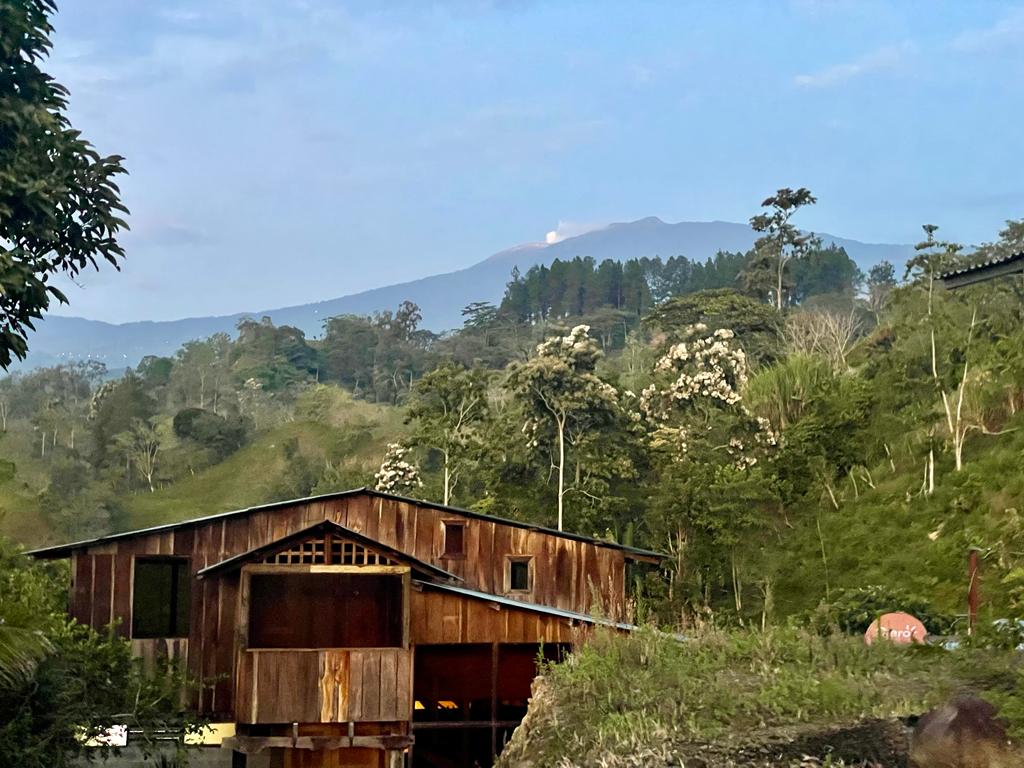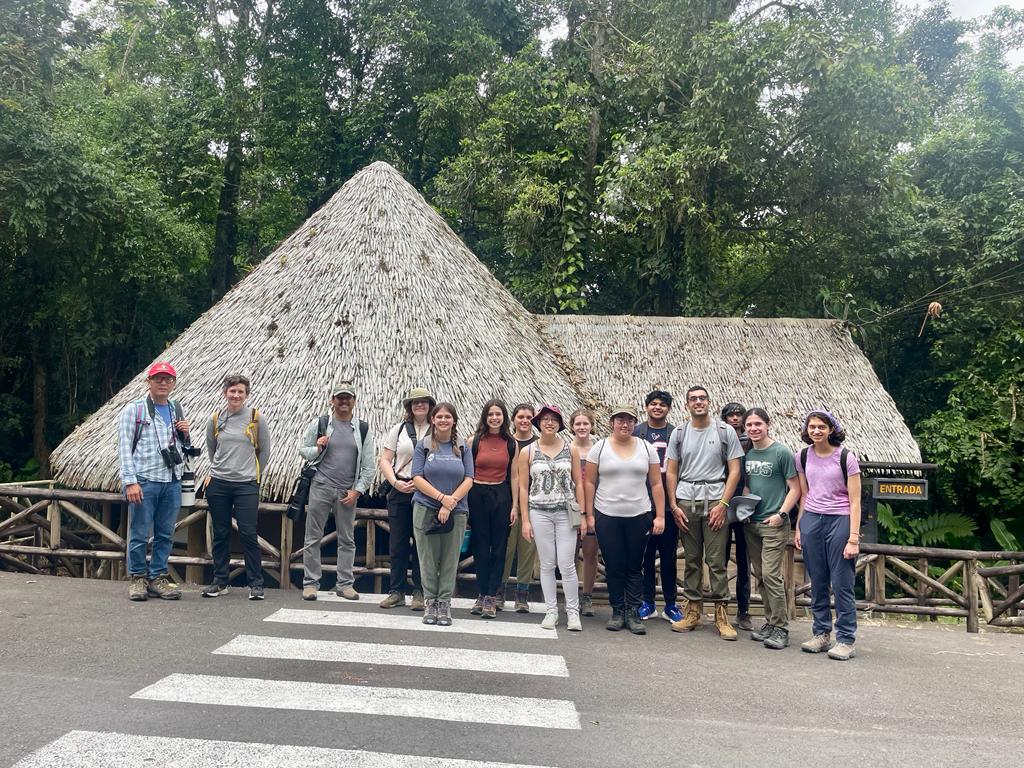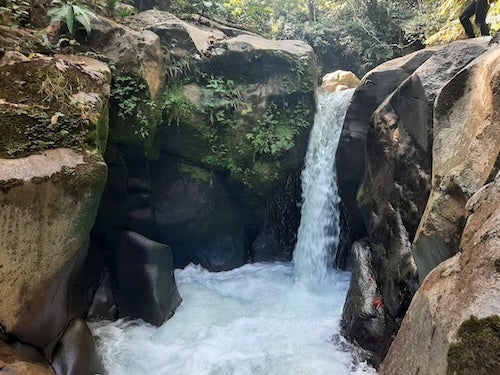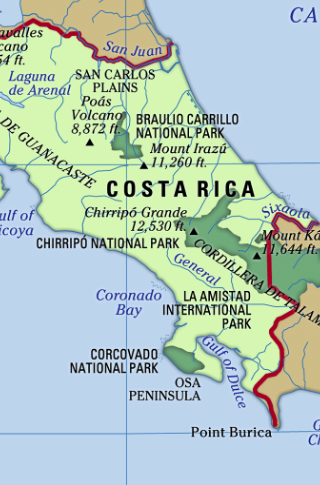Thanks to the vision and generous support of Michael Johnson (MA, ‘75), the EEPS/Rice Undergraduate Geosciences society (RUGS) will explore the intersection of geology, ecology and culture of Costa Rica.
This is the third Johnson-sponsored trip for RUGS, which are student proposed and organized. The twelve-student cohort, led by RUGS president Valentina Osorio, chose Costa Rica, “for its diversity in geology, hydrology, and ecology. This trip would also give us the opportunity to visit an active volcano with a view of both the Pacific and Caribbean coasts.”

Over three days, RUGS looks to climb the heights of Turrialba and Irazú volcanoes and learn about the hydrologic and ecologic environments that surround them, with stops to explore the culture, from pre-historic sites to present-day markets.

Day one is the day for acclimatization, starting with a hearty breakfast provided at the farm-stay Airbnb Casa Lajas just outside of Turriabla. Faculty member Rajdeep Dasgupta, also accompanied by faculty Melodie French and Cin-Ty Lee shares the incredible views of Turrialba volcano and a classic Costa Rican breakfast of sausage and plantains with rice.
The rest of the day would include a visit to markets in Turrialba, tour the prehistoric sites within Guayabo National Monument (read about it HERE), and explore the local hydrology with a hike to Aquiares waterfall.

Read on below for RUGS Lillian Cui and Kayla Hajdik's summary of their experience locating the waterfall and what they shared with the group about the hydrology and its underlying geology.

"The way down to the waterfall was confusing and difficult." The group got lost a few times, but when we finally found the path, it was a steep hike down. Not every member of the group saw the tall waterfall at the bottom, and those who did had to wade across the river (so they didn’t get photos).
Hydrology:
Aquiares Waterfall is part of the Río Jesús María, shortly before it merges with the Río Turrialba. The river originates from the Aguacate mountains (to the west and north of the falls). The Aguacate mountains are grouped together by their shared volcanic origins. The main waterfall is 30 meters tall, with smaller falls further down-stream, all of which are surrounded by coffee farms and forest. Due to historical exploitative agricultural practices, the Jesús María watershed basin has experienced declines in water availability and biodiversity.

Geology:
The geology around and underlying the Aquiares Waterfall consists of basaltic and andesitic rocks. Eruptions from Turrialba Volcano extended to this area, following along the paths of rivers. This volcanic activity also consisted of mudflows and pyroclastic flows, and it's plausible that more explosive and andesitic eruptions reached this area as well. As we explored a stretch of the river, we found vesicular pieces of volcanic rocks in and near the water. The river cut through the layer of basaltic-andesitic rock, eroding it into a smooth and fast flowing channel.
Sources:
https://www.mobot.org/mobot/research/costaricagaz.shtml#J
https://comdeksproject.com/country-programmes/costa-rica/
U.S. DEPARTMENT OF THE INTERIOR, U.S. GEOLOGICAL SURVEY: COSTA RICA VOLCANO PROFILE by Cynthia M. Stine, Norman G. Banks

